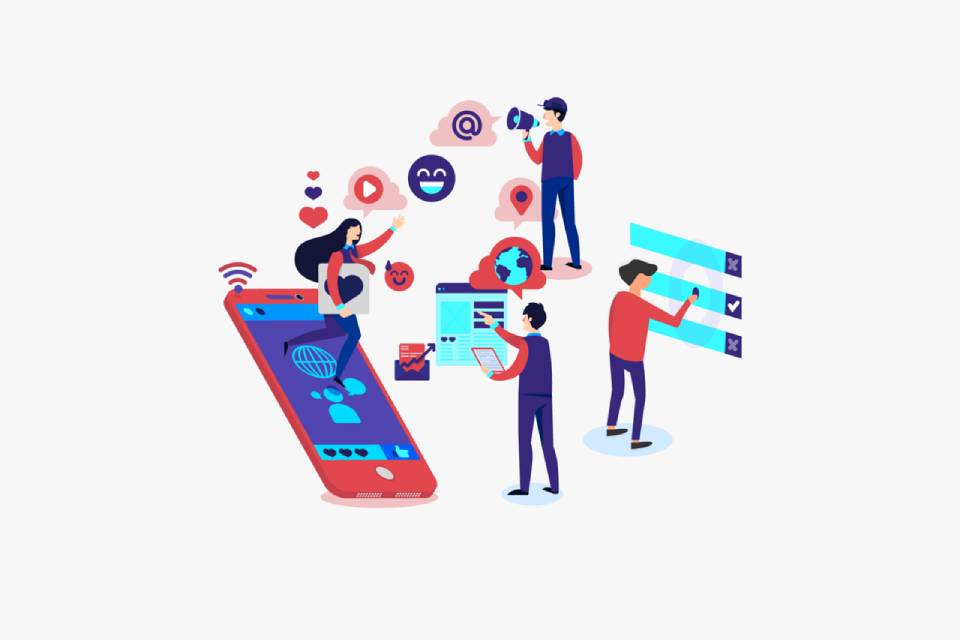Contemporary artificial intelligence performs extraordinary feats. It creates astonishing original content like poetry, music, images, prose, and even realistic human faces. Additionally, it excels in diagnosing certain medical conditions more precisely than human doctors. Notably, it recently tackled the long-standing “protein folding problem” in biology, a challenge that had puzzled scientists for 50 years.
Despite these accomplishments, today’s AI has inherent limitations. It falls short of the expectations set by truly intelligent agents, particularly when compared to the benchmark of human cognition. Critics often highlight these limitations, suggesting that pursuing artificial intelligence is misguided or unsuccessful. However, a more constructive perspective is to consider them as inspiration — a checklist of challenges crucial to advancing AI.
Taking a step back to candidly evaluate the strengths and weaknesses of current AI is valuable. This assessment aids in directing resources and research efforts more effectively. In various discussed areas, ongoing work at the forefront of the field shows promise in enhancing the next generation of artificial intelligence, making it more capable and resilient.
Now, let’s delve into the specifics. Presently, mainstream artificial intelligence can’t:
Write Software
Even if AI is highly advanced, it lacks the human understanding essential for coding. Coding demands human thinking, encompassing error detection, potential challenges, customer perspectives, and real-world scenarios. AI may struggle with these intricate thought processes as it lacks the capability for profound thinking. While AI excels in identifying patterns, conducting software testing, generating test cases, and arranging tests, it falls short in independently writing code.
Moreover, AI cannot detect malware or engage in creative writing. It can produce content following guidelines, but human supervision is necessary due to AI’s limited creative abilities and a less genuine emotional focus.
Predict The Lottery Results
While artificial intelligence can analyse historical data and patterns for making predictions, achieving 100% accuracy in predicting lottery results is unattainable. Lotteries, such as the EuroMillions lottery, are intentionally designed to be random and unpredictable, posing a significant challenge for any system, including AI, to forecast the winning numbers consistently.
Use Common Sense
One crucial trait exclusive to humans, not present in AI, is common sense, a vital aspect in daily tasks where humans excel. Unlike AI, humans can understand concepts independently through reasoning, relying on more than predefined facts and figures.
The world is filled with facts shaped by human common sense, which AI may fail to grasp if they don’t align with a predetermined set of actions. Unlike humans, who mentally construct models based on their environment and experiences, AI can only link relationships in raw data to the specific model it is examining.
Perform Manual Labor
Jobs in the white-collar sector, including roles like writer, programmer, accountant, and designer, involve working with software, making them susceptible to partial takeover by AI systems. On the other hand, blue-collar jobs such as plumber, electrician, police officer, bricklayer, and construction worker remain secure from AI-induced obsolescence since they rely heavily on manual labor.
For instance, it’s not feasible to task ChatGPT with building a structure. Although there might be a future where AI systems use automated 3D printers to construct homes, this prospect seems distant for now, and blue-collar work appears safe from AI influence in the foreseeable future. In fact, blue-collar jobs might become even more lucrative in the coming years.
Be creative
Creativity involves the capacity to produce fresh and inventive ideas or solutions. While AI systems can be taught to create new content by recognizing patterns in data, they fall short of truly embodying creativity as humans do.
Understand Context
This pertains to the skill of comprehending and interpreting information shaped by the context in which it appears. AI systems may face challenges in grasping the subtleties and nuances of language and communication that are intricately tied to context.
Make Ethical Decisions
Making ethical decisions involves navigating through a complicated process shaped by cultural, societal, and personal values. Even though artificial intelligence (AI) can be coded to adhere to ethical principles, it doesn’t have the inherent moral sense that humans do. AI might struggle to grasp the subtleties of ethical dilemmas, possibly resulting in biases and unforeseen outcomes.
Strategize
Even though AI-driven systems excel at processing massive amounts of data, they fall short when it comes to making intricate and strategic decisions using that information. Take, for example, the scenario where AI analyzes extensive financial data but may not suggest investing in a startup. On the other hand, an angel investor might see the investment as strategic due to various complex factors like market trends, intangible business plans, and interpersonal relationships.
Understand Causation
AI-driven programs and machines can accurately recognize patterns and associations within data. For instance, advertising AI can discern your preferred shows and the usual time you watch them. Even Google Docs can predict which documents you tend to open first thing in the morning. However, AI struggles to comprehend the reasons and outcomes tied to these patterns. Why do you consistently watch a particular TV show on Saturday afternoons? What motivates you to open a specific document every workday morning? Unlike humans, grasping causation is an inherent skill. We inherently understand the underlying reasons for a particular action – someone opens a document each morning because it relates to their work or contains their to-do list. In contrast, despite being fed extensive data, AI cannot accurately comprehend and convey causes and effects.
Also Read: The Challenges And Threats Of Ai





